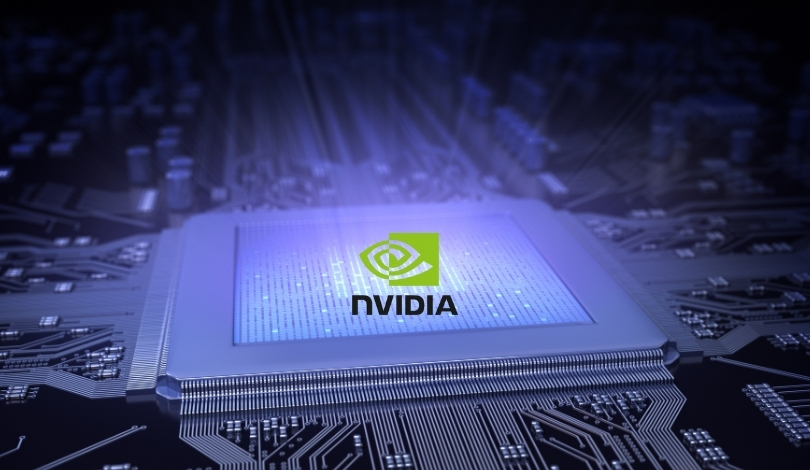NVIDIA has unveiled an update to its Deep Learning Super Sampling (DLSS) technology, aiming to deliver enhanced performance and visual quality for gamers globally. This advancement builds upon previous versions, introducing more efficient rendering methods and expanding compatibility with newly released games. As the gaming community anticipates these improvements, NVIDIA emphasizes its dedication to leveraging artificial intelligence to push the boundaries of graphics technology.
Earlier iterations of DLSS primarily focused on boosting frame rates while maintaining image clarity. The new update introduces refined optimizations, enabling higher resolution rendering without sacrificing performance. This development marks a notable progression from earlier versions, catering to the increasing demands of modern gaming landscapes.
How Does the New DLSS Improve Game Performance?
The updated DLSS utilizes advanced AI algorithms to upscale lower-resolution images with greater accuracy, alleviating the strain on the GPU. This results in smoother gameplay and higher frame rates, even in graphically demanding scenarios.
Which Games Support the Latest DLSS Enhancement?
Several high-profile titles, including “Cyberpunk 2077” and “Assassin’s Creed Valhalla,” have incorporated the latest DLSS update. These games benefit from faster rendering speeds and enhanced visual details, offering players a superior gaming experience.
What Feedback Has NVIDIA Received from the Community?
“The new DLSS update has significantly boosted my gaming performance without any noticeable loss in quality,” stated a representative from a major gaming forum. “Players are thrilled with the advancements,” another user commented.
NVIDIA’s latest DLSS update signifies a continued commitment to advancing gaming technology by balancing performance and visual excellence. By integrating cutting-edge AI for image upscaling, NVIDIA ensures that gamers can enjoy high-resolution graphics without overtaxing their hardware. This update not only enhances current gaming experiences but also sets a foundation for future technological innovations in the industry.










